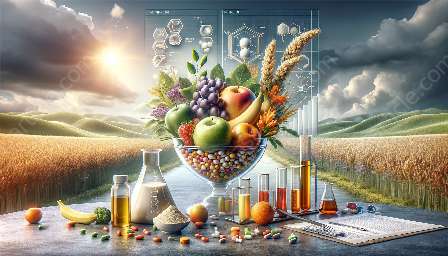Statistics is a fundamental aspect of applied sciences, playing a crucial role in gathering, analyzing, and interpreting data to make informed decisions. In this topic cluster, we will explore the importance of applied statistics, its real-world applications, and how it is utilized in various branches of applied sciences.
Introduction to Applied Statistics
Statistics is the science of collecting, organizing, analyzing, and interpreting numerical data to make decisions. In the context of applied sciences, statistics provides the tools and techniques necessary to understand and quantify the uncertainty in measurements and observations.
Real-World Applications of Applied Statistics
Applied statistics finds significant applications in fields such as engineering, biology, medicine, environmental science, and many others. It is integral in designing experiments, analyzing experimental data, and drawing meaningful conclusions to solve practical problems.
Engineering
In engineering, statistics is employed to analyze the reliability and performance of structures, machinery, and systems. It is also used to optimize processes and make informed design decisions.
Biology and Medicine
Statistical techniques aid researchers and practitioners in analyzing biological and medical data, understanding disease patterns, and evaluating the effectiveness of treatments and interventions.
Environmental Science
Environmental scientists utilize statistics to assess the impact of human activities on the environment, monitor ecological changes, and make predictions about future trends.
Statistical Methods in Data Analysis
Applied statistics encompasses a wide range of methods, including descriptive statistics, inferential statistics, regression analysis, and experimental design. These methods allow scientists and researchers to draw conclusions from data and make reliable predictions.
Importance of Statistical Literacy in Applied Sciences
An understanding of statistics is crucial for professionals in applied sciences to critically evaluate research findings, make evidence-based decisions, and communicate results effectively. Statistical literacy empowers individuals to discern reliable information from misleading claims and misinformation.
Challenges and Future Developments
As applied sciences continue to evolve, the role of statistics also evolves. New challenges arise in handling complex, high-dimensional data and integrating statistical approaches with advanced technologies such as machine learning and artificial intelligence.
By recognizing the significance of statistics in applied sciences, professionals can harness its power to address global challenges, innovate, and drive progress in various fields.







































